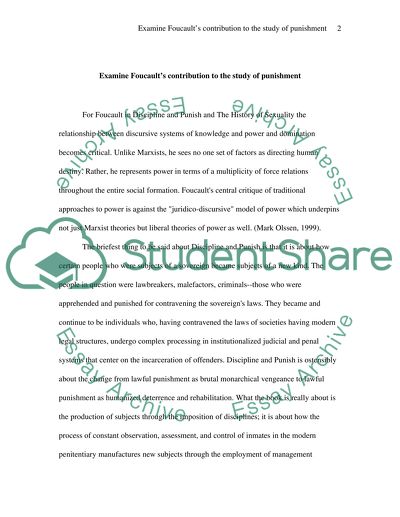Cite this document
(“Foucaults Contribution to Punisment Theory Book Report/Review”, n.d.)
Foucaults Contribution to Punisment Theory Book Report/Review. Retrieved from https://studentshare.org/philosophy/1528473-foucaults-contribution-to-punisment-theory
Foucaults Contribution to Punisment Theory Book Report/Review. Retrieved from https://studentshare.org/philosophy/1528473-foucaults-contribution-to-punisment-theory
(Foucaults Contribution to Punisment Theory Book Report/Review)
Foucaults Contribution to Punisment Theory Book Report/Review. https://studentshare.org/philosophy/1528473-foucaults-contribution-to-punisment-theory.
Foucaults Contribution to Punisment Theory Book Report/Review. https://studentshare.org/philosophy/1528473-foucaults-contribution-to-punisment-theory.
“Foucaults Contribution to Punisment Theory Book Report/Review”, n.d. https://studentshare.org/philosophy/1528473-foucaults-contribution-to-punisment-theory.


